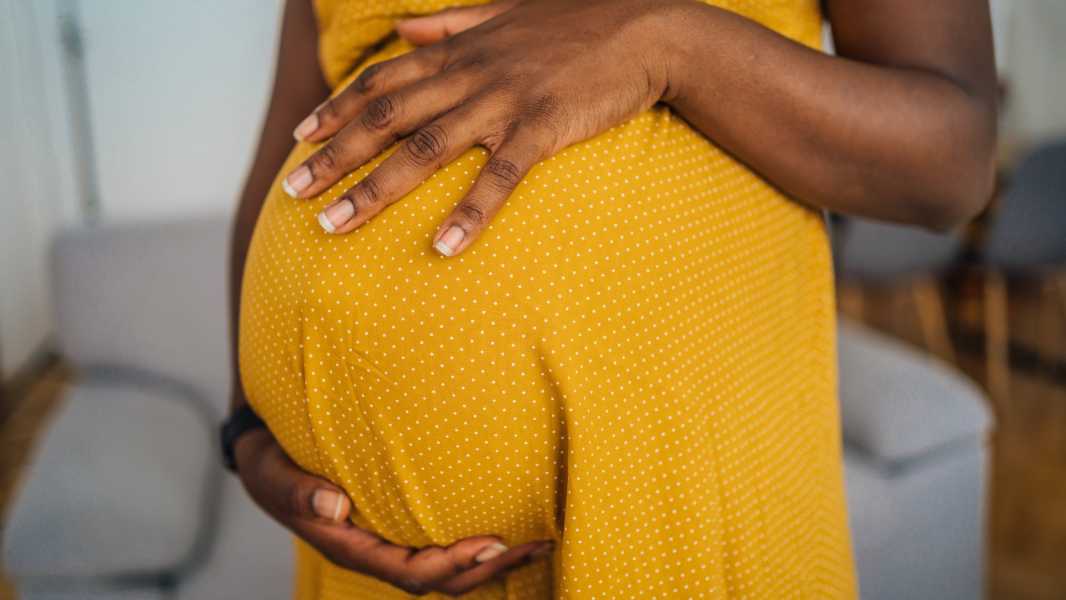
A new analysis shows that abortion bans in the United States have contributed to increased infant mortality in affected regions, particularly among racial minorities. (Image credit: NineLives via Getty Images)
US states that recently passed new abortion bans have seen an increase in infant deaths after they went into effect, according to new research.
The new analysis looked at infant mortality rates before and after abortion bans were implemented. After the bans went into effect, the number of infant deaths was estimated to have increased by 5.6% compared to the bans. That increase amounted to a total of 478 additional deaths.
The study included states that either enacted a total abortion ban (applicable at any stage of pregnancy) or restricted abortions after six weeks; the bans were passed between September 2021 and August 2022. These states included Texas, Alabama, Arkansas, Georgia, Idaho, Kentucky, Louisiana, Mississippi, Missouri, Oklahoma, South Dakota, Tennessee, West Virginia, and Wisconsin.
(Complete abortion bans often include limited exceptions, such as in cases of rape or incest, but in practice these exceptions are often “unworkable,” according to KFF.)
The data showed that black people suffered disproportionately from these abortion bans, with an estimated 11% increase in estimated infant mortality compared to other racial and ethnic groups. That may be because black women already had higher rates of abortion before the bans were put in place, Alison Gemmill, a perinatal epidemiologist at Johns Hopkins University in Maryland, told Live Science.
Gemmill and her colleagues described their findings in a paper published Feb. 13 in JAMA.
What's more, the death spikes were higher — also about 11 percent — among babies with congenital abnormalities, also known as birth defects. That's likely because more women were forced to carry fetuses to term that had no chance of survival, Gemmill said.
“When we discuss policy, it’s important to consider these negative consequences and what happens when we restrict reproductive autonomy,” Gemmill said. “This makes a strong case for the decision to have an abortion to be made by the woman, her doctor and, in the case of a congenital anomaly, also a genetic counsellor.”
The researchers analyzed all live births and infant deaths in all 50 U.S. states and Washington, D.C., between 2012 and 2023. They then used that data to compare the number of babies who died before and after abortion bans were enacted in 14 states.
Sourse: www.livescience.com





